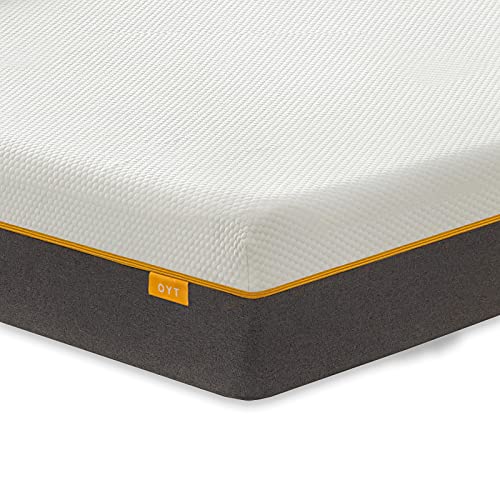Latex vs Foam Mattress: Which One Should You Choose?
If you’re in the market for a new mattress, you might be wondering what the difference is between a latex and foam mattress. Both offer unique benefits and drawbacks, so it’s essential to compare the two before making a decision. In this article, we’ll break down the differences between these two popular mattress types and help you choose the best one for your needs.
What Is a Latex Mattress?
A latex mattress is made from natural or synthetic latex foam. It’s usually more expensive than a foam mattress, but it also tends to last longer. Latex is naturally hypoallergenic and resistant to dust mites and other allergens, making it an excellent choice for people with allergies or asthma. It’s also responsive and provides a bounce that can make it easier to move around on the mattress.
What Is a Foam Mattress?
A foam mattress is made from different types of foam, such as memory foam, polyfoam, or a combination. Foam mattresses are known for their pressure relief and contouring capabilities, which can make them a good choice for people with back pain or joint pain. However, they’re often less durable than latex mattresses and may have a chemical smell when first unpacked.
Latex vs Foam: Which Is More Comfortable?
When it comes to comfort, both latex and foam mattresses have their advantages. Latex is bouncy and responsive, which can make it easier to move around on the mattress. On the other hand, foam mattresses are known for their pressure-relieving properties, which can provide pain relief for those with back or joint pain. Ultimately, the choice between these two types comes down to personal preference.
Which Is Better for Allergies and Asthma?
If you suffer from allergies or asthma, a latex mattress is the better choice. Latex is naturally hypoallergenic and resistant to dust mites and other allergens, which can help reduce symptoms. Foam mattresses, on the other hand, can be a breeding ground for allergens, especially if they’re not cleaned regularly. Foam also tends to trap heat, which can make it a less comfortable choice for people who have trouble sleeping hot.
In conclusion, both latex and foam mattresses have their pros and cons. Latex is a durable, hypoallergenic, and responsive option, while foam offers pressure relief and contouring capabilities. Ultimately, the choice between these two types comes down to personal preference, budget, and sleeping habits. Be sure to shop around and test out both types before making your final decision.






